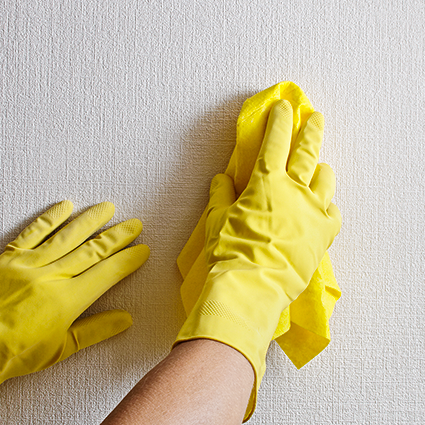
ASTM Testing to Measure Scrub Resistance of Wall Paints
Waterborne architectural coatings are expected to deliver a high level of performance. Considering that these films are at most a few thousandths of an inch, these coatings are incredibly resilient. Over the next couple months we will compare and contrast a few related but significantly different tests for interior coatings. The first test we will discuss is abrasive durability.
A must-have performance characteristic of any interior waterborne architectural coating is scrub resistance. Scrub resistance is the ability of a paint surface to resist wear when rubbed with a brush, sponge or cloth. A coating with good scrub resistance protects the substrate, mitigating exposure and damage, and maintaining aesthetics among other properties. A paint’s ability to be scrub resistant is especially important in high traffic places like play areas and around doorways and windows.
At 1st Source, ASTM D2486 (Standard Test Methods for Scrub Resistance of Wall Paints) is routinely used for testing paints. Testing using ASTM D2486 requires appropriate controls and coating thickness. The use of a constant temperature/constant humidity room ensures consistent drying conditions for all tests. Appropriate substrates, conditioning of the scrub brushes and the type of abrasive scrub media are specified. Coatings that provide the highest number of scrub cycles before wear through are considered superior to others from a durability perspective.
A related test is the washability test; the ability of coatings to release stains. We will discuss it in more detail next month and contrast it to scrub resistance.
